Walter and Julia Auer, both flute professionals, engaged me a few years ago to photograph their extensive flute collection.
In their possession are flutes from the Renaissance, Baroque, 18th and 19th centuries up to the modern gold flute, which Walter Auer uses in his daily work as an orchestral musician.
The two organise joint concerts every year in which many of these flutes are used.
I would like to give a brief overview of the history of the flute over the last few centuries:
In the Renaissance, flutes were usually made of wood and had a simple design. They were mainly used for popular music and found their place in court chapels and aristocratic houses.

The flute then experienced a golden age in the Baroque period. With the introduction of keys and improved construction, the range was extended and playability improved. The transverse flute in particular established itself as a permanent member of the orchestra.

The baroque transverse flute reached its limits at the beginning of the 19th century at the latest, as orchestras were getting bigger and louder at this time. A common form at this time was the transverse flute with several keys.

In the late 19th century, the German flute maker Theobald Böhm revolutionised the construction of the flute with his innovative inventions such as ring keys and conical bore. His work laid the foundations for the modern metal instrument we know today.
Modern silver and gold flutes are now standard instruments for many professional flutists and offer incredible versatility and expressive possibilities.
Now to the photographic part of my work. Photographing flutes can be a challenge, especially when it comes to highly reflective surfaces. To solve this problem, I bought two Profoto Strip softboxes. With their help, I manage to minimise unwanted reflections and present the instrument in the best possible light.
Documentary studio photography allows us to capture these precious musical instruments for posterity and to honour their beauty and uniqueness. It was an exciting experience to be part of this project and to get to know the fascinating world of flutes.
Overall, working on the Auers' flute collection was not only a photographic challenge, but also a journey through the history of music and its instruments. It is impressive to see how the flute has developed over the centuries and what contribution it has made to the history of music.
I am grateful for the opportunity to have taken part in this project and look forward to realising more exciting projects in the field of music photography in the future. Until then, I wish you all a sonorous time and be enchanted by the beauty of music!
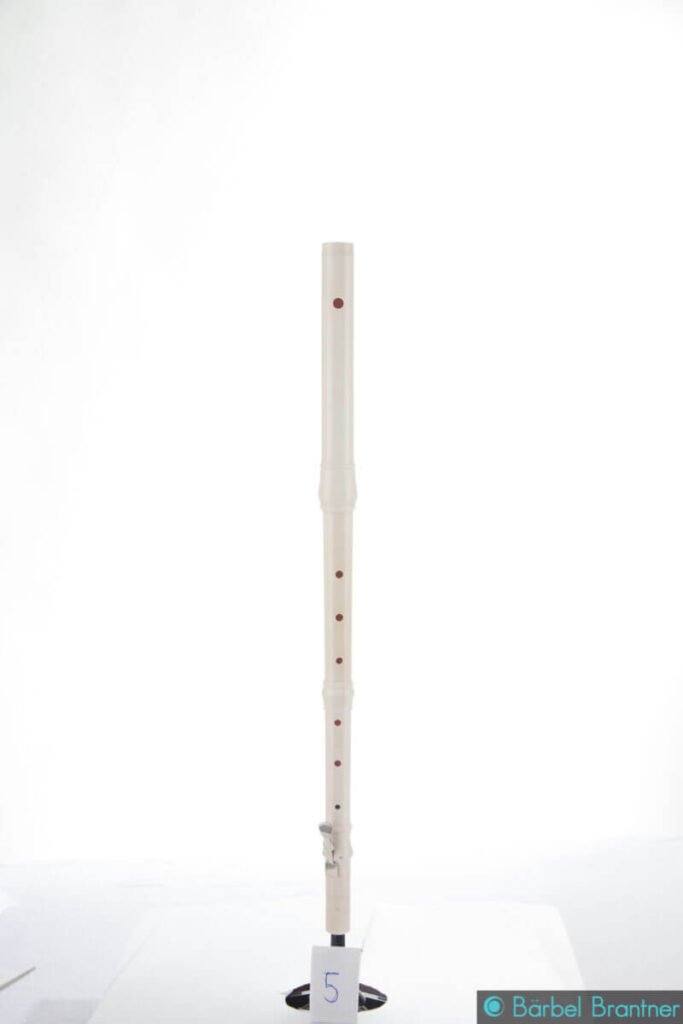

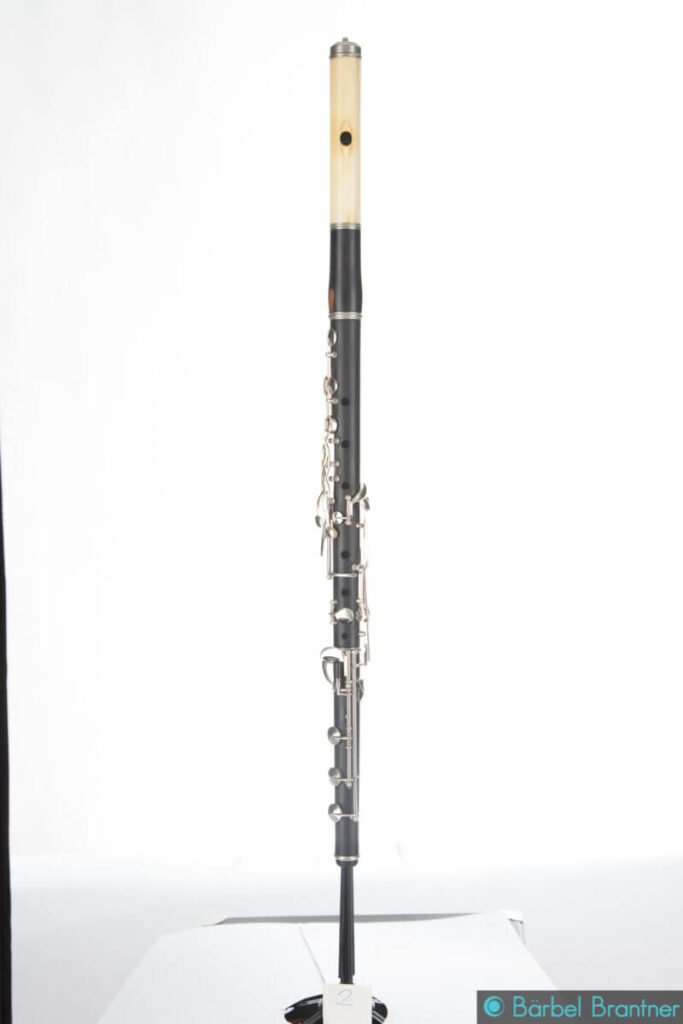

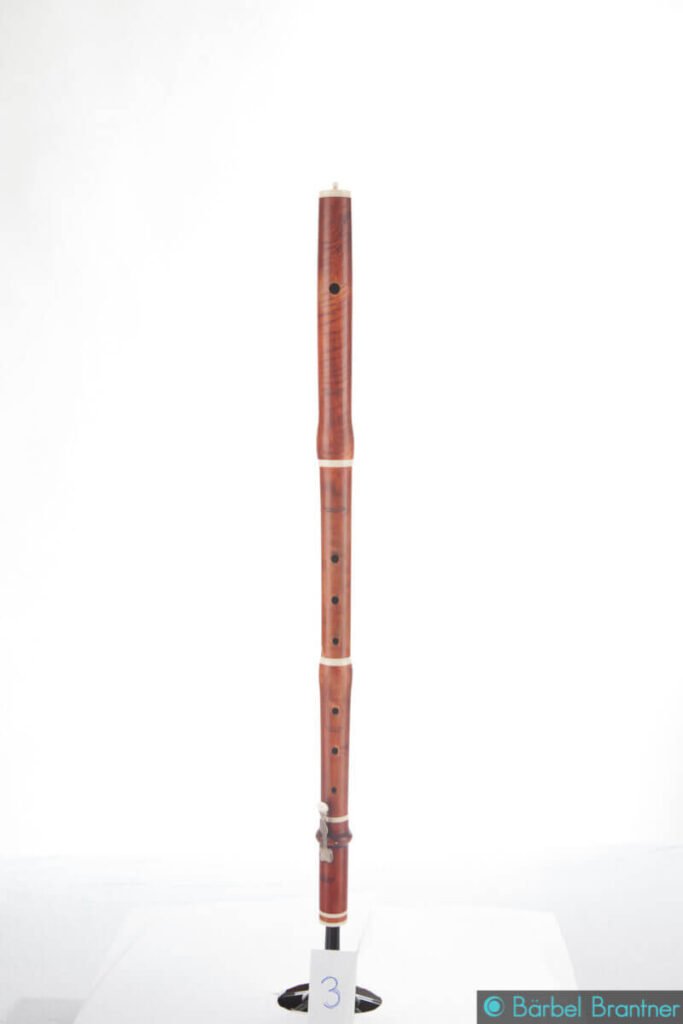
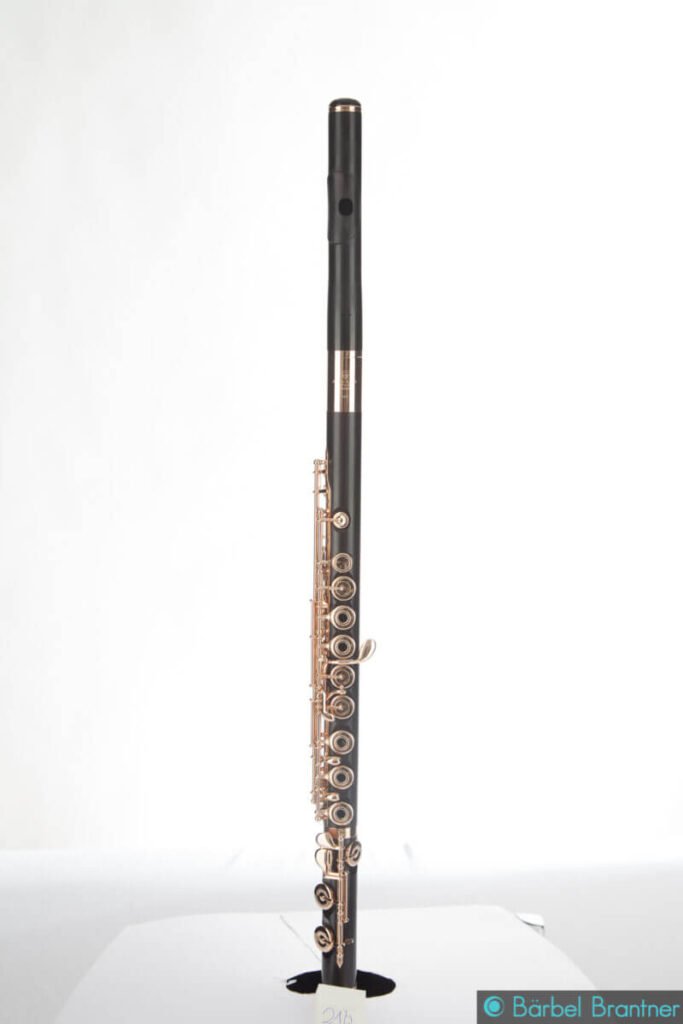

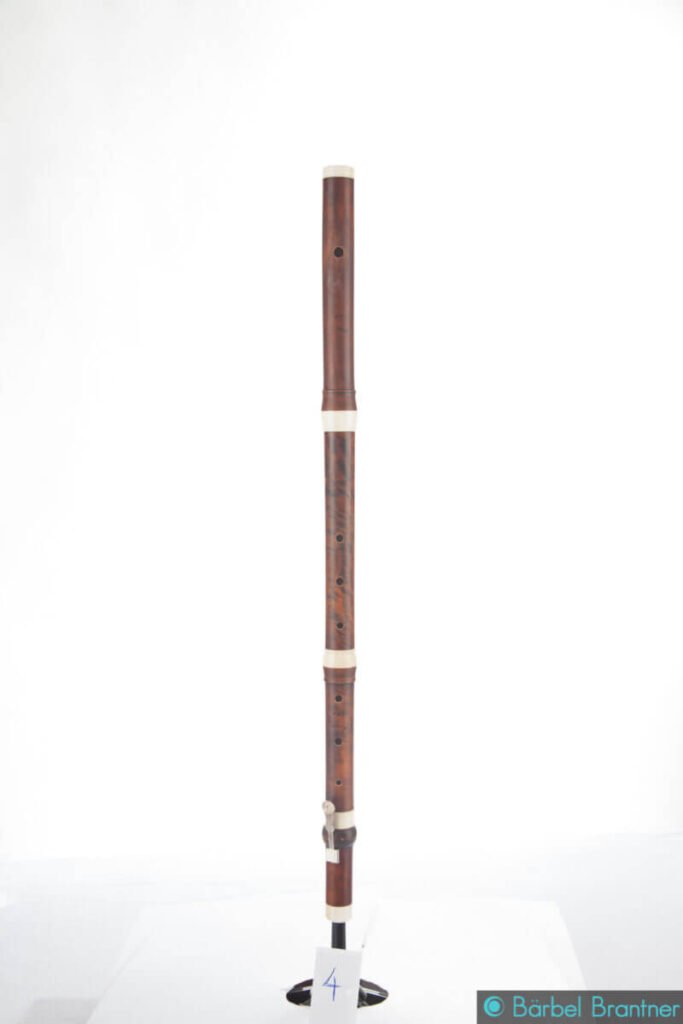

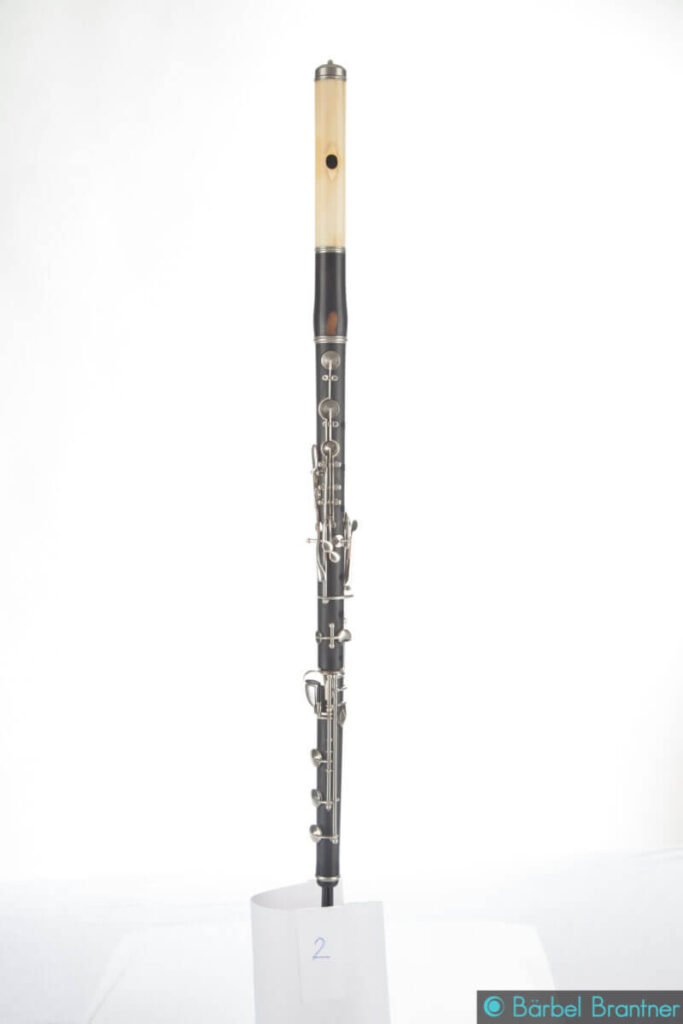

 Thank you very much for reading my post! For this article, I had the help of a friendly AI. The support of this technology has allowed me to expand my thoughts and hopefully provide you with an informative and entertaining post. Of course, I have thoroughly checked each section for accuracy to ensure you are receiving correct information.
Thank you very much for reading my post! For this article, I had the help of a friendly AI. The support of this technology has allowed me to expand my thoughts and hopefully provide you with an informative and entertaining post. Of course, I have thoroughly checked each section for accuracy to ensure you are receiving correct information.
